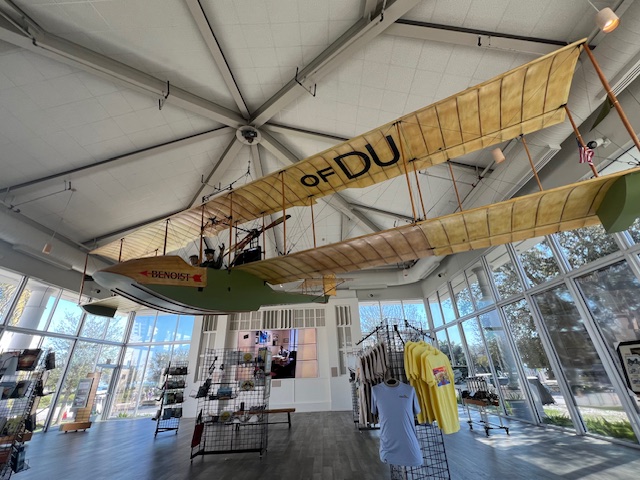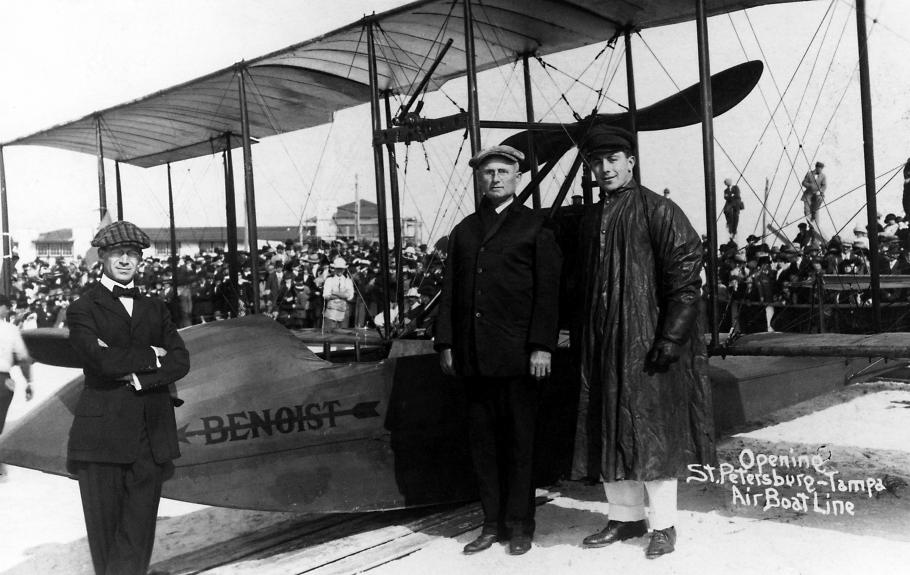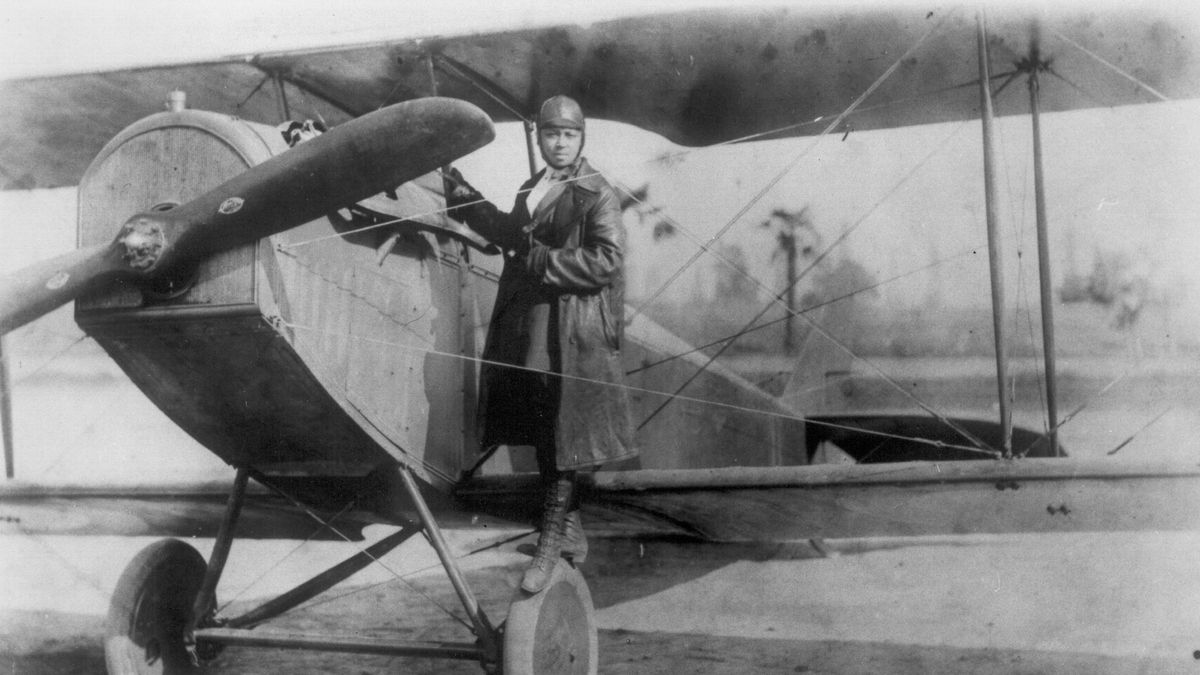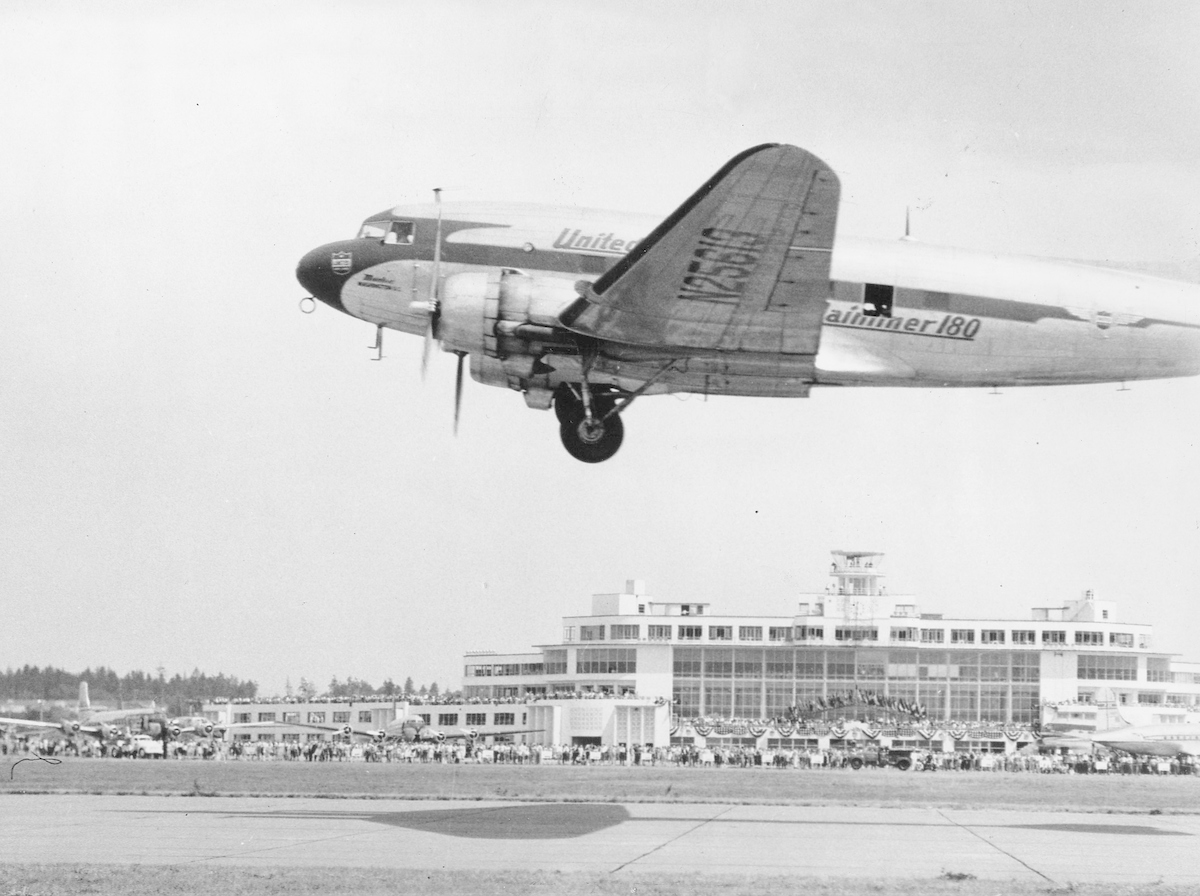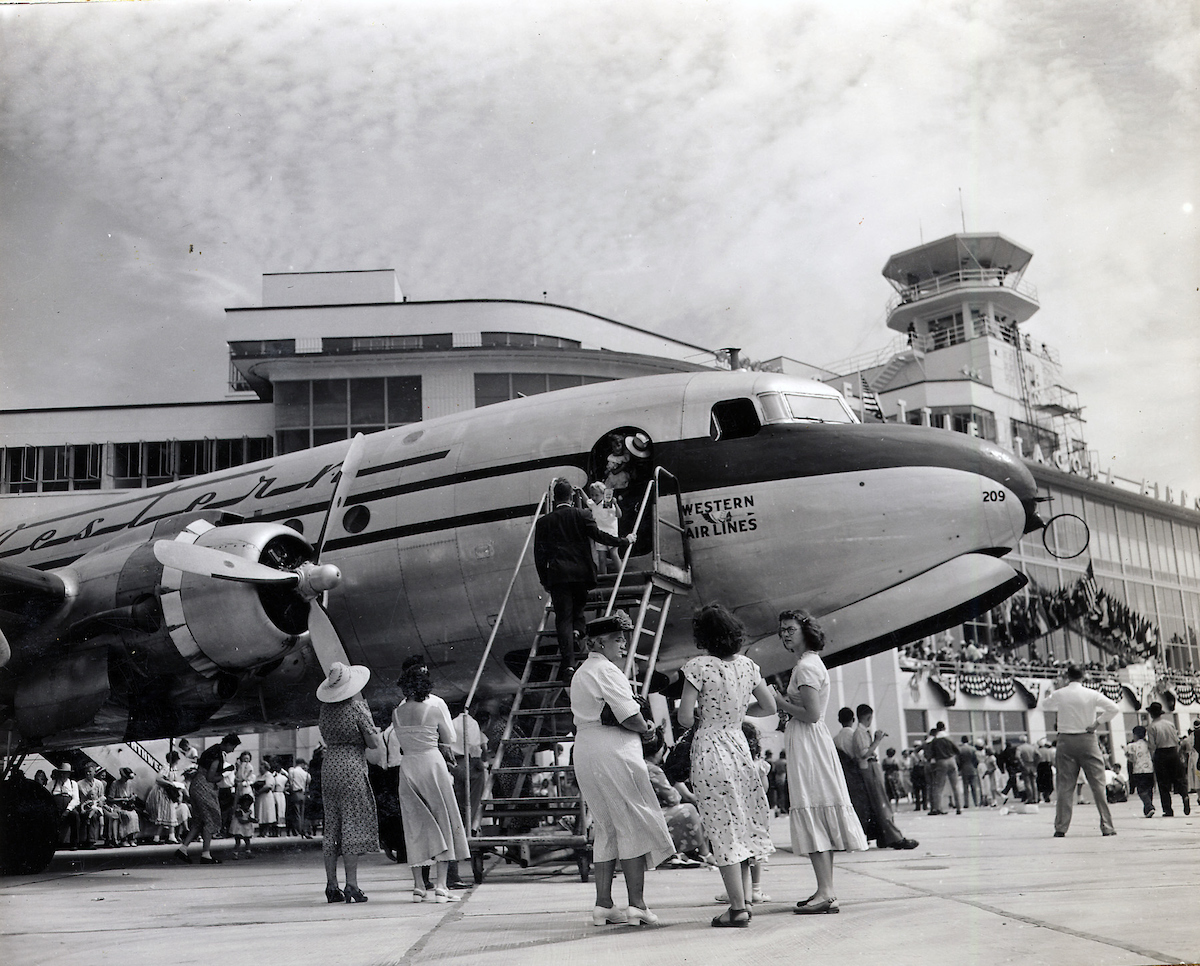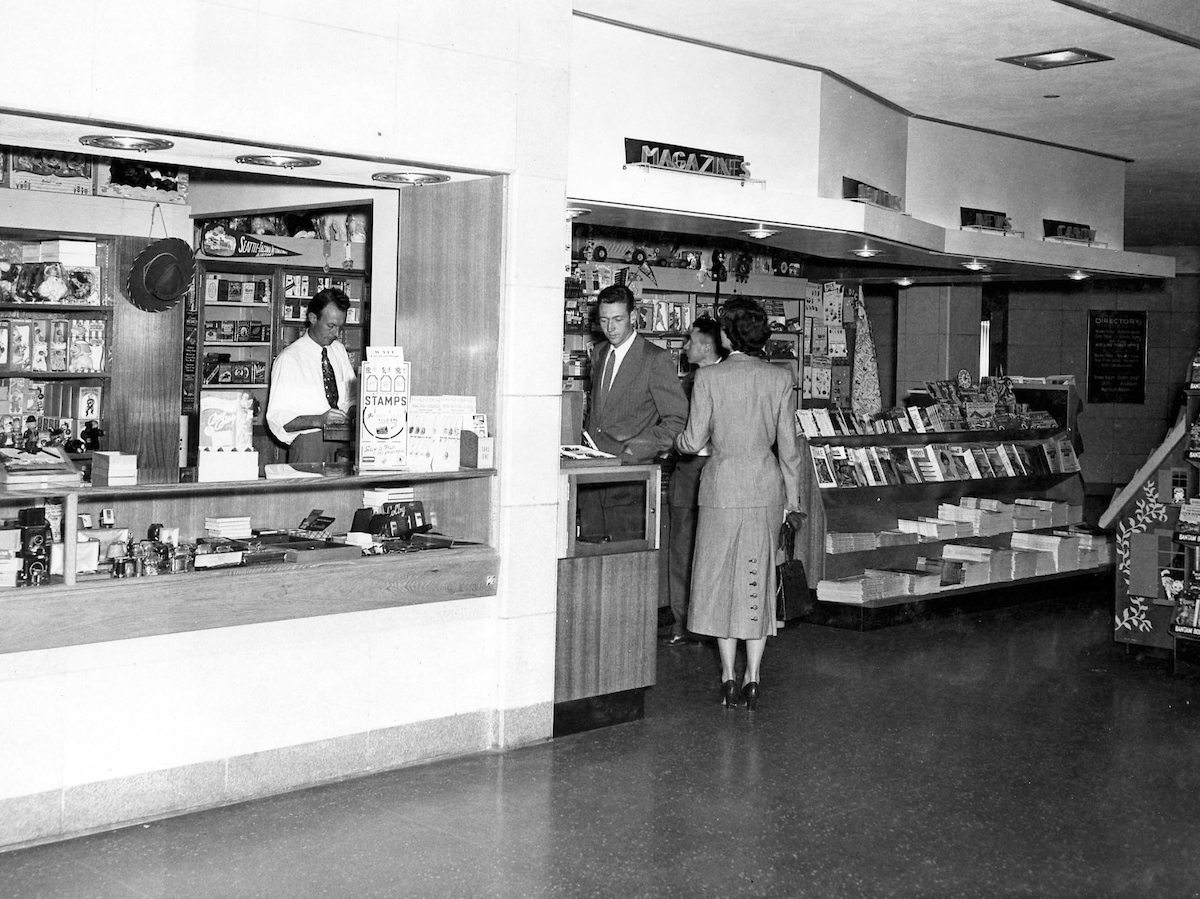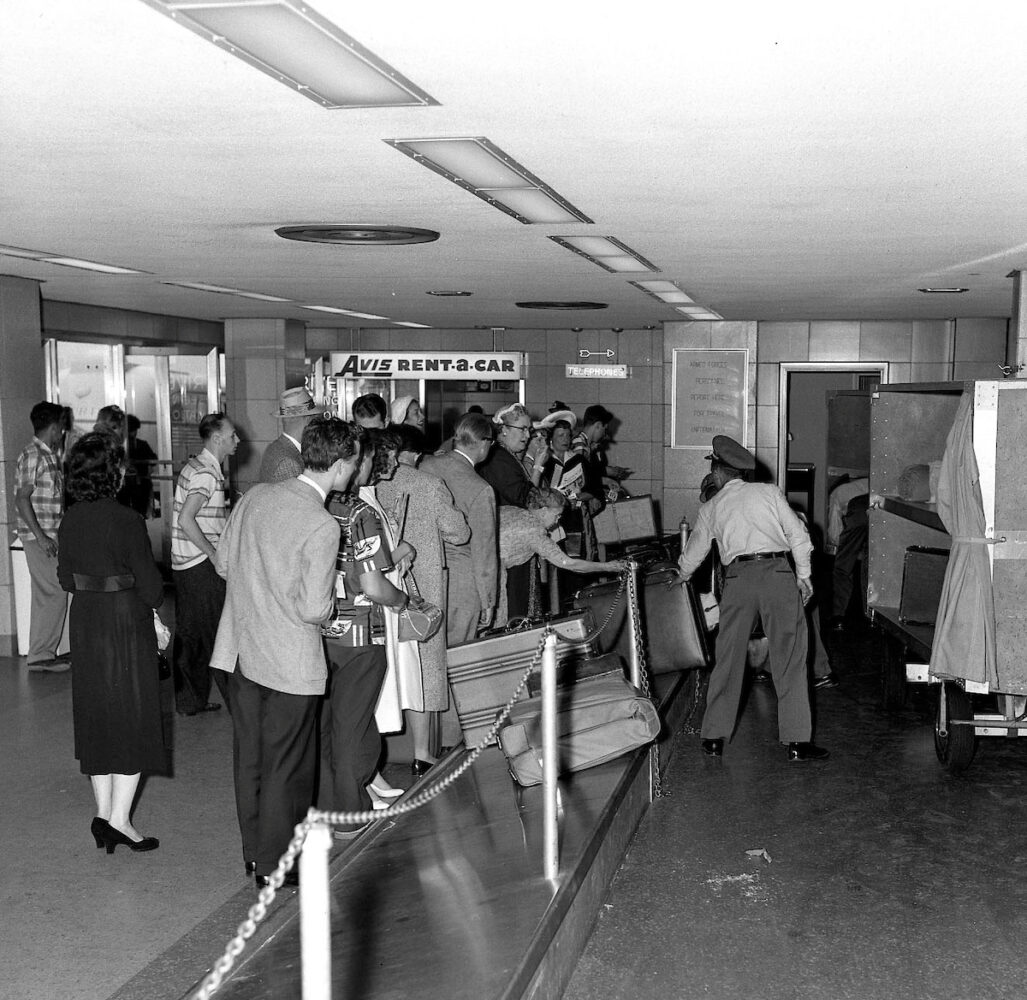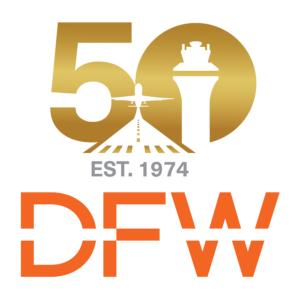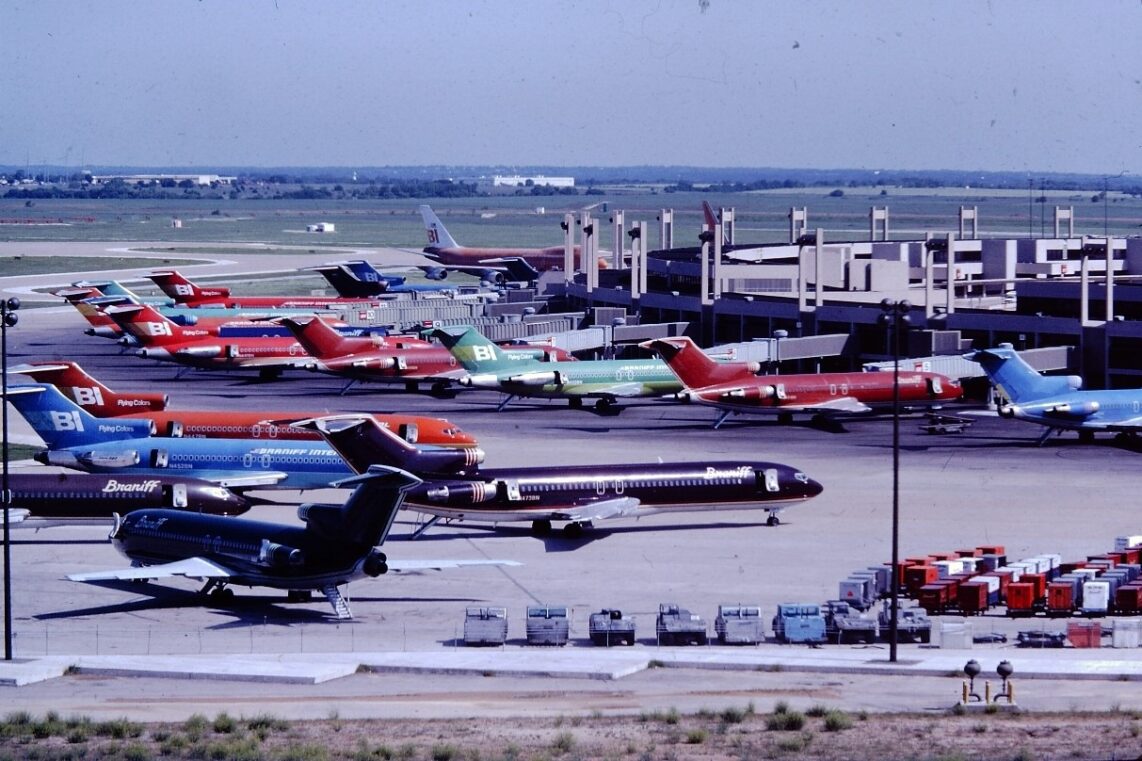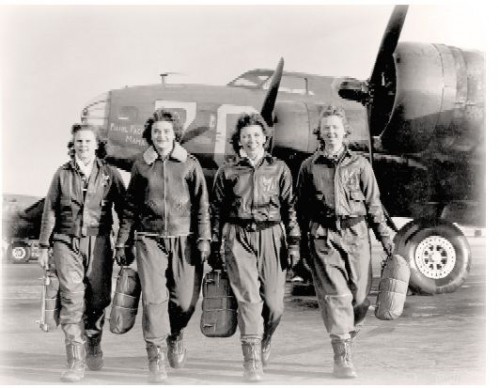
March is Women’s History Month and March 8 is International Women’s Day.
Here’s how some airports and aviation museums and others marked the day.
There’s a lot you can learn in a quick scroll.
In celebration of #InternationalWomensDay, our friends at CVG Air Traffic Control have lit the tower up orange to honor the many women that are helping the aviation industry reach new heights. pic.twitter.com/5HlMoyxC2w
— CVG Airport (@CVGairport) March 9, 2024
#LongBeach is and was home to so many strong women in aviation. 🛩️ During WWII, many women came to work for the Douglas Aircraft plant in Long Beach. Women could be found welding, wiring and operating hydraulic presses. Happy #InternationalWomensDay! pic.twitter.com/EIxDpDetHZ
— Long Beach Airport (@LGBAirport) March 8, 2024
Major General Irene Trowell Harris initially wanted to be a teacher, nurse, or secretary because those were the only careers available to women at that time. An honors student throughout her nursing studies, she went from civilian nursing to become the first African American… pic.twitter.com/HGF1Dt7U04
— Metropolitan Airport News (@nyairportnews) March 8, 2024
#InternationalWomensDay has us celebrating Jacqueline Cochran. An indomitable force in the sky, Jacqueline broke barriers and records alike. Not only was she the first woman to break the sound barrier, but she also led the Women Airforce Service Pilots (WASP) during WWII, proving… pic.twitter.com/VmKWwdh786
— CLT Airport (@CLTAirport) March 8, 2024
This National Women in Aviation week, we’re honoring the women continuing to break barriers through their contributions to aviation. #WomensAviationWeek #WomenInAviation pic.twitter.com/byGzjbvzcG
— PHLAirport (@PHLAirport) March 4, 2024
It's #WomensHistoryMonth! Make sure to stop by our museum and explore our exhibit on women in aviation in Las Vegas.
— Harry Reid International Airport (@LASairport) March 4, 2024
👩✈️📷✈️
📍Located above Baggage Claim in Terminal 1. pic.twitter.com/P7vG2yxWyD
For International Women’s Day, let’s take a moment to learn more about the women who have made their mark on aviation history with ties to the Dayton area ➡️https://t.co/0u5ebmiL9R pic.twitter.com/di6G5JCln8
— Dayton International Airport (DAY) (@DAY_IntlAirport) March 8, 2024
Women's history is aviation and space history.
— National Air and Space Museum (@airandspace) March 8, 2024
This #InternationalWomensDay, dive into content spotlighting the incredible achievements of women in aviation and space: https://t.co/frnMwyuko4 #IWD #WomensHistoryMonth pic.twitter.com/QyUmRQtA4K
In honour of International Women’s Day and @BBishopAirport’s 85th anniversary, we are thrilled to announce the launch of the Women in Aviation Wall of Fame.
— Billy Bishop Airport (@BBishopAirport) March 8, 2024
Located on the departures level of the passenger terminal, this gallery will honour the significant contributions of… pic.twitter.com/6HmTuRSOoV
